Programmes > Présentations invitées
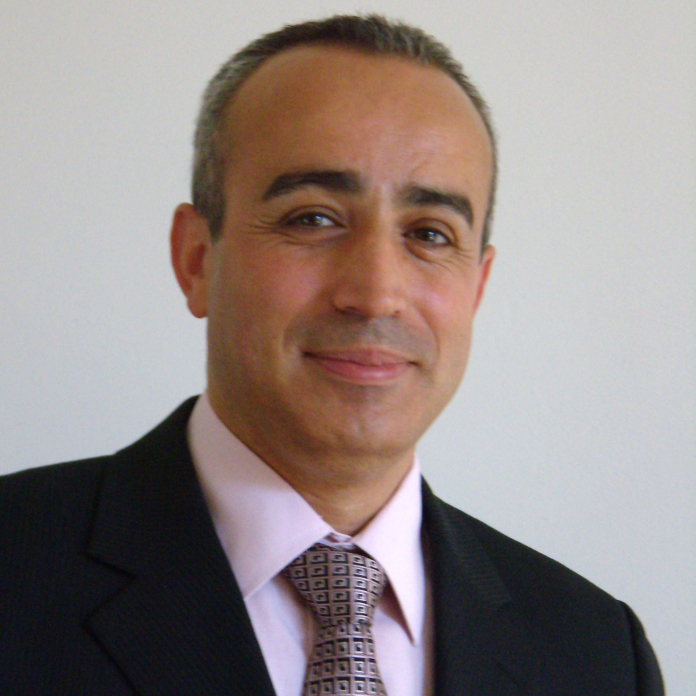 |
Dr Antoine FERREIRA, Full Professor
PRISME Laboratory, INSA Centre Val de Loire, Bourges France
Title: Energy harvesting for locomotion of micro and nano robotics in medical applications
Abstract:
Untethered robots miniaturized to the length scale of millimeter and below attract growing attention for the prospect of transforming many aspects of health care and bioengineering. As the robot size goes down to the order of a single cell, previously inaccessible body sites would become available for high-resolution in situ and in vivo manipulations. At such small scales, on-board energy is challenging. At micro-scale, storing, harvesting, and transmitting power is not feasible in the conventional sense we are used to in our macroscopic world. Therefore, a significant effort has been concentrated on various power sources. For micro-robot actuation, wireless power transmission techniques such as inductive powering and radio frequency, microwave radiation, and piezoelectric ultrasound. For nano-robot actuation systems, self-powering techniques including biological bacteria, self-electrophoresis, self-diffusiophoresis, and self-thermophoresis are actually preferred. This talk will provide a state-of-the-art in the energy harvesting to achieve remote or autonomous microrobot actuation for long durations in a wide range of mobility and inside deep regions of the human body.
__________________________________________________________
|

|
Dr Fabien FORMOSA, Associate Professor
SYMME Laboratory, Université Savoie Mont-Blanc, Annecy le Vieux, France
Title: A story about micro-Stirling design and fabrication
Abstract:
Power MEMS engines are miniaturized thermodynamics machines. Making use of the scale effects and novel fabrication strategies, these complex systems are high potential research subject. However, to date few proofs of concept are available from which some of the main technical constraints are underlined: lack of assembly technologies, lack of technological standard components, non-conventional planar architecture… Engines, even more micro-engines design call for multi-physics modeling.
In such an uncertain background, how can we achieve conception and sizing taking into account dynamics, fluids, thermodynamics and electromechanical transduction together?
Some answers will be given using the microStirling case study. We will retrace the steps of multiple design from the performance potential, the promising applications and preliminary architecture selections to the modeling strategies attempts.
Short bio: Fabien Formosa holds a PhD in Mechanical engineering from the “Laboratoire de Mécanique et de Technologie” of the Ecole Normale Supérieure de Cachan (2002). Associate Prof. since 2003, he has been working in the field of power MEMS for 10 years. His research interest includes vibration energy harvesting, phase change and Stirling micro-engines.
__________________________________________________________
|

|
Dr An NGUYEN-DINH, CEO
VERMON & CAIRDAC, Tours France
Title: Powering autonomous sensors and therapeutic medical implants with miniaturized piezoelectric energy harvesting devices
Abstract:
Harvesting energy from ambient sources such as motions, temperature changes or light can be very efficient and replace many conventional power supply systems such as batteries, fuel cells or wiring. There are 3 main methods for mechanical energy harvesting: Electrostatic, Electromagnetic and Piezoelectric.
This paper will cover piezoelectric energy harvesting and its related products in medical and industry.
Piezoelectric is so far one of the very common techniquefor harvesting mechanical energy (movements , pressure ..). Number of designs and concepts have been disclosed for years and some are already commercialised. The principle of piezoelectricity is herein exploited using material’s intrinsic properties such as elastic compliance (s), strain (d31) and stress (g31) constants or relative dielectric constant (epsilon).
Two use-cases of piezoelectric energy harvesters will be disclosed and discussed. The first use-case regards a cardiac leadless stimulation implant wherein a miniaturized low frequency PEH system is incorporated to powering the device's electronics for telemetry, pacing and communication functions, while the second use-case is dedicated to industrial monitoring throughfor autonomous wireless sensing network applications wherein autonomous single nodes are concerned.
This work has been performed by both VERMON and CAIRDAC companies who are respectively specialised in piezoelectric technologies for ultrasonic transducers and autonomous leadless pacing systems for CRM (Cardiac Rhythm Management).
__________________________________________________________
|
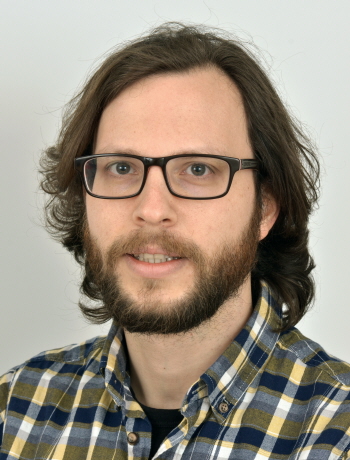
|
Dr Sebastian BADER, Deputy University Director
Department of Electronics Design, Mid Sweden University, Sundsvall Sweden
Title: Energy harvesting for self-powered sensors in hydraulic motors
Abstract:
Similar to many other industrial systems, hydraulic motors are envisioned to undergo a development towards being smart components. Such components should be able to monitor key system parameters in order to detect abnormal conditions, as well as to communicate such findings to other components, systems or the operator. As it can be inconvenient or costly to power the required equipment from the mains or batteries, self-powered sensor systems based on energy harvesting are a desirable alternative. This talk will discuss two approaches of energy harvesting in hydraulic motors: energy harvesting from slow motor rotations based on the variable reluctance principle; and energy harvesting from hydraulic pressure fluctuations based on the piezoelectric effect. For both cases, principles, challenges and solutions will be discussed.
__________________________________________________________
|
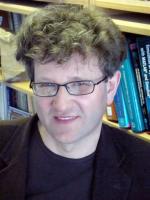
|
Dr Marian WIERCIGROCH, Professor
Centre for Applied Dynamics Research, University of Aberdeen, Aberdeen UK
Title: Vibrational energy harvesting from complex dynamics of pendula
Abstract:
Complex dynamics of pendula systems is being analysed with a view of vibrational energy harvesting and vibration isolation. The main focus of the paper is a new concept of energy conversion, where a predominantly vertical oscillatory motion is being converted into rotations by means of a pendulum or pendulums system. The simplest physical configuration of this idea is a parametric pendulum operating in the fully rotational motion. Practically this can be envisaged as a floating structure excited to which pendulums are mounted at their pivots. These vertical oscillations of the structure will generate the pendulums rotational motion. Numerical, analytical and experimental studies have been undertaken on a parametric pendulum, a pendulum excited by a planar motion and a set of four pendula. They suggest the rotational motion is persisting and occurs for a large range of frequencies and excitation amplitudes, which are the main control parameters. These investigations reinforce the viability of this new concept of the energy conversion. In the lecture, I outline this new concept and review the current theoretical and experimental developments. Specifically, I will present the physical and mathematical modelling of a single pendulum, a system comprised of two pendulums and a system of four double pendulums. Details of the experimental rigs and a correlation between the theory and experiments will be given. Detailed numerical and analytical results showing complex dynamical behaviour will be discussed. I will conclude with a brief study on nonlinear control to maintain rotational motion.
__________________________________________________________
|
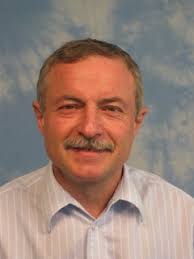
|
Dr Paul MURALT, Professor
EPFL, Lausanne Switzerland
Title: Piezoelectric energy harvesting with ferroelectric thin films coupled to interdigitated electrodes
Abstract: Interdigitated electrode (IDE) transducers with ferroelectric thin films offer some different options than the usual parallel plate geometry, and are also different to standard transducers for the excitation and detection of surface acoustic waves, because the local polarization can be aligned to the sense of the electric field. In the direct mode, a homogeneous strain applied to the IDE transducer will lead a constructive accumulation of charges at all electrode pairs. This property is useful for energy harvesting and sensors, particularly also because the capacitance is lower for the same film thickness as compared to the parallel plate case. The talk will describe the present understanding of how such IDE’s work, based on analytical and finite element modeling. The application in energy harvesting is discussed in terms of figures of merit, and some device examples are presented.
__________________________________________________________
|
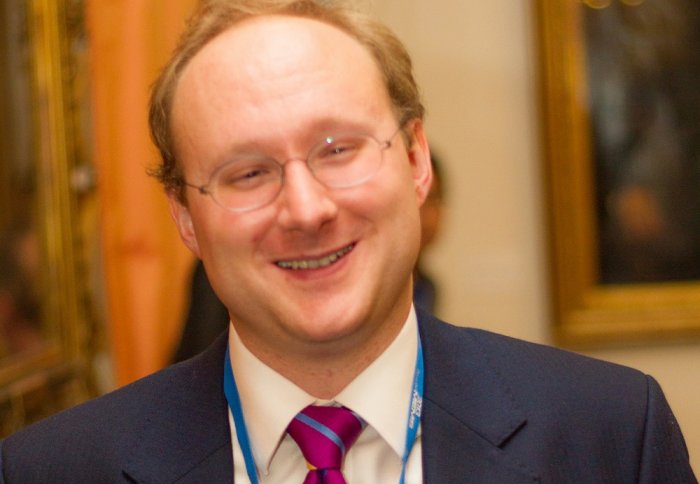
|
Dr Paul MITCHESON, Professor
Imperial College London, London UK
Title: Wireless power transfer: an alternative to harvesting
Abstract:
Energy harvesting has been used in wireless sensor network deployments and has seen enabled several new products. However, the power levels that are possible are low, partly because of technology limitations but also due to fundamental physical limits. An alternative solution in some cases is to use wireless power delivery. In this talk, I will discuss recent work on inductive power delivery, covering magnetic links, transmit and receive-side electronics and control of throughput power. I will conclude with some applications of the technology and show its use in sensor networks via two prototypes.
__________________________________________________________
|
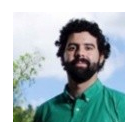
|
Dr Luis Arturo Ortiz BRUNICARDI, Research and Study Engineer
CEDRAT TECHNOLGIES, Grenoble France
Title: Energy harvesting based on Cedrat Technologies solutions
Abstract:
APA Amplified Piezoelectric Actuators from CEDRAT TECHNOLOGIES have been designed to offer a high electro mechanical efficiency and a high resistance to shock and vibration in a compact size. In addition their metallic shell allows for building monolithic structures integrating several functions. All these advantages have been used for delivering operational mechanisms for air, space, optronic and machine-tool fields. They have also been used for making various robust shock or vibration energy harvesters in either proof-mass configurations or bistable buckling structures: This last design invented by SYMME is especially interesting because able to generate more than 2mW with 0.6g at 70Hz. This presentation will review APA design and limits as well as some applications from mechanisms to harvesters.
__________________________________________________________
|
|
 8èmes Journées Nationales sur la Récupération et le Stockage d'Energie
8èmes Journées Nationales sur la Récupération et le Stockage d'Energie 8èmes Journées Nationales sur la Récupération et le Stockage d'Energie
8èmes Journées Nationales sur la Récupération et le Stockage d'Energie